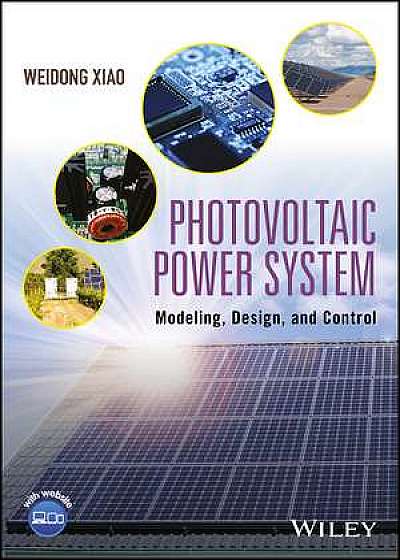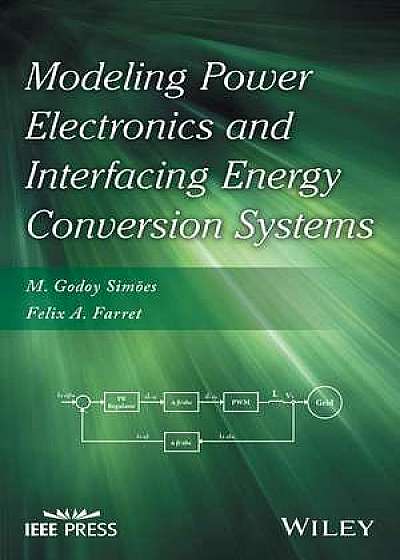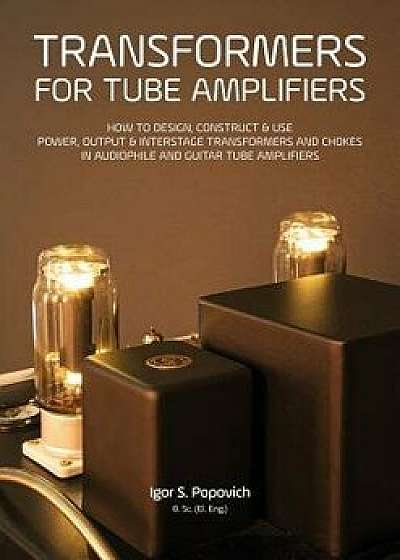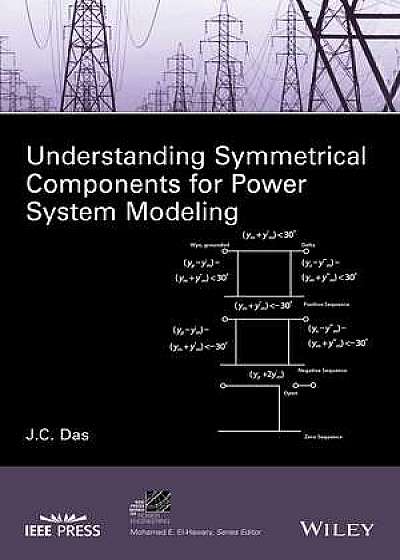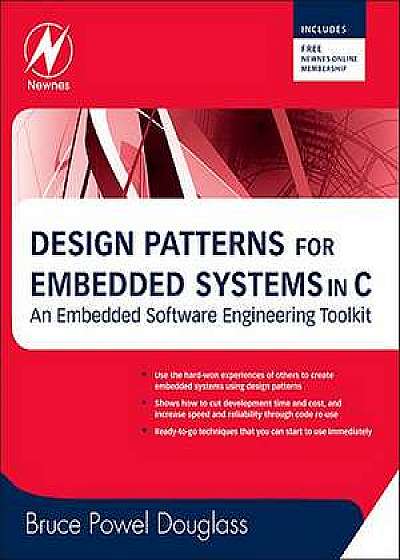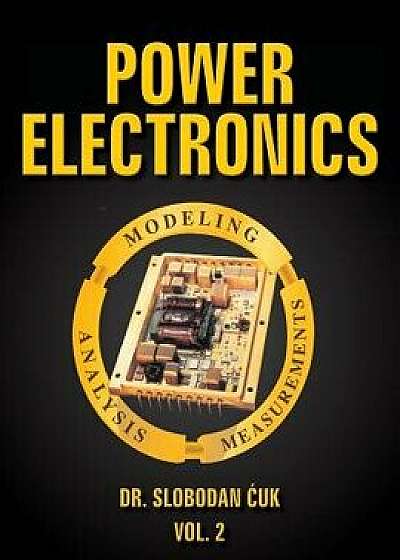
Power Electronics: Modeling, Analysis and Measurements: Vol. 2, Paperback/Dr Slobodan Cuk
Descriere
Power Electronics: Modelling, Analysis and Measurements This volume 2 provides papers published by Caltech Power Electronics Group It summarizes the development of modelling and analysis methods culminating in the formulation of the general State-Space Averaging Method as well as accompanying measurement techniques. The Cuk converter covered in all four volumes was the key motivation owing to its floating capacitor and respective capacitive energy transfer requiring additional charge-balance on capacitors. This was missing from the buck and boost converters which required volt-second balance on inductors only. The key insight of the new State-Space Averaging Method was that the DC and AC models could be formulated in general without resort to any particular connection of the switches, inductors, capacitors and transformers. The accompanying measurement techniques describe how the loop-gain frequency response could be measured without breaking the feedback loop. A number of practical design examples of application of modelling and measurement techniques is used to illustrate both methods. About the Author: Dr. Slobodan Cuk Dr. Cuk received his Electrical Engineering (BSEE) degree from Belgrade University, Yugoslavia in 1970 specializing in Nuclear Engineering and Control Systems. He came to the United States in 1972 and in 1973 completed a Master's Degree in Electrical Engineering at Santa Clara University sponsored by NASA. MSEE thesis: Stability Investigation of the Spinning Skylab. In 1974 he worked for MEMOREX on design of disk-drive controls. From 1974 to 1976 he completed at Caltech his Ph D thesis: Modelling, Analysis and Design of Switching Converters sponsored by NASA. In August 1979 Prof. Cuk founded Optimum Power Conversion, Inc., a California corporation, (dba TESLAco) with Prof. R. D. Middlebrook. TESLAco designed hybrid DC-DC Cuk converter modules for the ORION spacecraft on a project for Honeywell and NASA. The first test flight was carried successfully in
